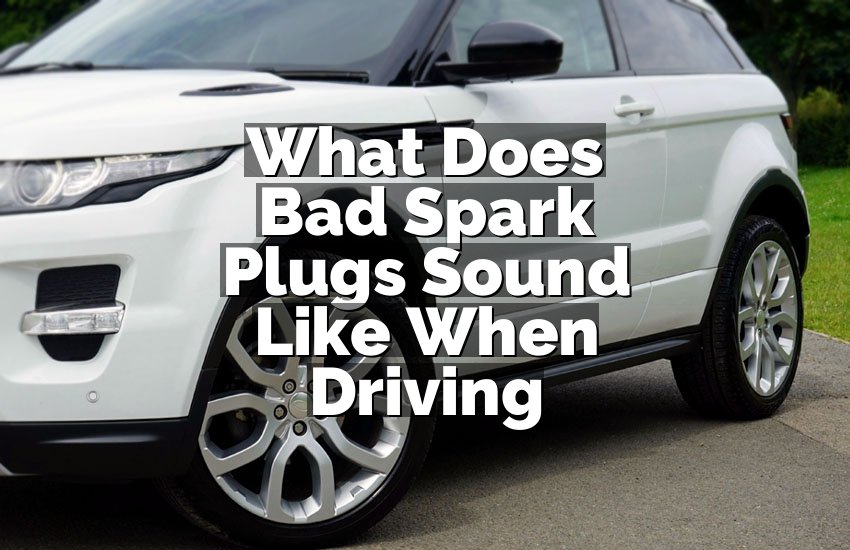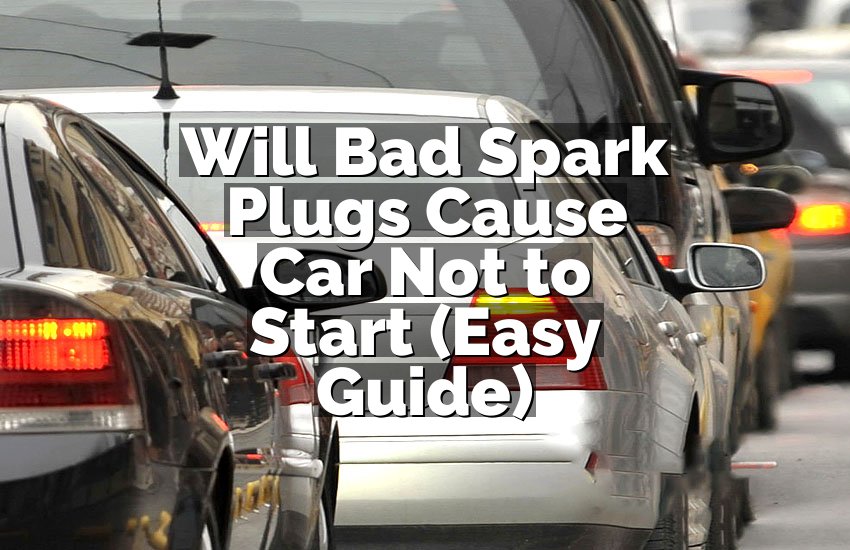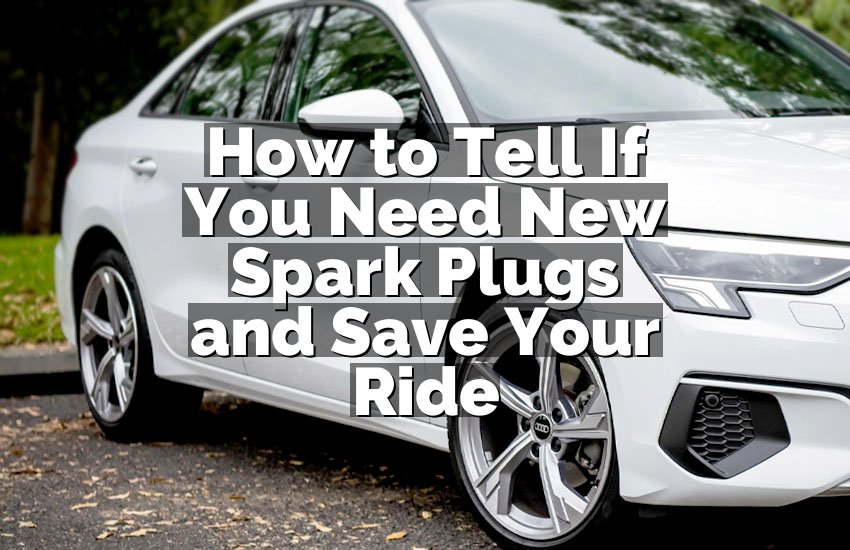Have you ever been stuck with a dead car battery and no one around to help? It can be frustrating, but there’s a simple solution – using a battery pack to jump-start your car! Whether you’re at home, in a parking lot, or on the side of the road, a portable battery pack is a lifesaver. In this article, we’ll walk you through the steps to safely jump-start your car using a battery pack.
What is a Battery Pack and Why Should You Have One?
Understanding the Basics of a Battery Pack
A jump-start battery pack, also known as a portable jump starter, is a device that provides the necessary power to start a car when its battery has died. These devices come with built-in battery technology, typically lithium-ion or lead-acid, which stores energy that can be transferred to your car’s battery when needed.
The battery pack usually includes jumper cables and features like USB ports, air compressors, or even LED flashlights. While these features vary depending on the model, the primary function remains the same: to give your car the electrical boost it needs to get going again.
Why You Should Own a Battery Pack
Having a portable jump starter on hand is extremely helpful in emergencies. A dead battery is one of the most common reasons for car breakdowns, and getting help might not always be quick or easy, especially if you’re stranded in a remote location. With a battery pack, you can be self-reliant, saving time and hassle.
Additionally, jump-starting a car with a battery pack is usually much safer and simpler than using traditional jumper cables with another vehicle. You don’t have to worry about relying on another driver, and you avoid the risk of potential electrical damage from incorrect connections.
How to Choose the Right Battery Pack for Your Car
Size and Power Capacity: Matching Your Car’s Needs
When selecting a battery pack, it’s crucial to choose one with the right amount of power for your car. The power of the battery pack is usually indicated in amp-hours (Ah) or peak amps (starting amps). For small cars, a battery pack with a 300-400 peak amp capacity will usually suffice. However, larger vehicles like trucks or SUVs might require a pack with higher power, such as 800-1000 peak amps.
Before purchasing, check the recommended power specifications for your car model. A battery pack with too low of a capacity may struggle to start your vehicle, while one with too much power is typically unnecessary and may cost more than needed.
Features to Look for in a Battery Pack
Battery packs come with a variety of features, and some of them can be quite useful in emergency situations. Here are a few things to consider when picking the right one:
- LED Flashlight: Many battery packs include an LED flashlight, which is useful if you need to work in low-light conditions, such as at night or in a dark parking garage.
- USB Charging Ports: Some battery packs can double as portable chargers for your mobile devices. This can be a bonus if you’re ever in a situation where you need to charge your phone in an emergency.
- Built-In Air Compressor: Some advanced models come with an air compressor for inflating tires. While not essential for jump-starting a car, it’s a nice feature to have in your car emergency kit.
Safety Features
Safety is essential when dealing with any electrical device, and a jump starter is no exception. Look for a model that offers built-in protections like:
- Reverse polarity protection: Ensures you can’t accidentally connect the cables the wrong way.
- Overload protection: Prevents damage to the jump starter and your car’s electrical system.
- Short circuit protection: Guards against any electrical shorts during the jump-starting process.
Step-by-Step Guide to Jump Starting Your Car
Preparing the Battery Pack and Vehicle
Before you begin, ensure that you have everything you need: the battery pack, jumper cables (usually included with the pack), and your car. Park your car in a safe and well-lit area, and make sure it’s turned off, including all lights and accessories. You want to reduce any unnecessary drain on your car’s battery.
Check the battery pack to make sure it’s fully charged. Most jump starters have an indicator light showing how much charge is left. If your pack isn’t fully charged, you’ll need to charge it before proceeding.
Connecting the Battery Pack to Your Car’s Battery
Once you’re prepared, it’s time to connect the battery pack. Begin by attaching the red (positive) jumper cable to the positive terminal of your car’s dead battery. This terminal is usually marked with a “+” symbol.
Next, connect the black (negative) jumper cable to a metal part of the car’s engine block or frame. Do not connect it directly to the negative terminal of the dead battery. This helps prevent sparks near the battery, which could be dangerous.
Now, take the other ends of the jumper cables and connect them to the corresponding terminals on the battery pack: red to positive and black to negative.
Starting the Car
After the battery pack is connected, turn it on according to the manufacturer’s instructions. You should see an indicator showing that power is being supplied. Then, go to your car and try to start it as you normally would.
If the car doesn’t start immediately, wait a few moments and try again. Some cars may take a few attempts to start, depending on how drained the battery is.
Disconnecting the Battery Pack and Driving Off
Once the car starts, allow it to run for a few minutes to help recharge the battery. Afterward, turn off the car and carefully disconnect the jumper cables. Always remove the black (negative) cable first and then the red (positive) cable. This reduces the risk of a spark.
Now that your car is running, you’re good to go! However, it’s a good idea to drive for at least 15-20 minutes to ensure the alternator charges the battery fully.
Troubleshooting Common Issues When Jump Starting
The Car Still Won’t Start
If your car doesn’t start even after using the battery pack, there might be a few reasons. First, double-check the connections to make sure the cables are properly attached. If the battery pack is charged and properly connected, but the car remains unresponsive, it’s possible that the battery is too far gone, or there may be other underlying issues such as a faulty starter or alternator.
Weak or Unstable Power
If the car starts but seems to run erratically or shuts off quickly, the battery might not be receiving enough charge from the jump starter. In this case, consider leaving the car running longer or using a higher-capacity battery pack.
Error Lights on the Dash
If you notice any warning lights or error messages on your dashboard after a jump start, it’s important to have your car inspected as soon as possible. While jump-starting can revive a dead battery temporarily, it doesn’t address any potential underlying issues that could have caused the battery failure in the first place.
I hope this guide has given you the confidence to jump-start your car using a battery pack! It’s a simple process that can save you a lot of stress when you’re stuck with a dead battery. By following these steps carefully, you can quickly get your car back on the road. Always remember to keep your battery pack charged and in good working condition so you’re always prepared for an emergency!
Frequently Asked Questions (FAQs)
Is it safe to use a battery pack to jump-start my car?
Yes, using a battery pack to jump-start your car is safe as long as you follow the correct procedure. Make sure you’re using a quality, well-maintained battery pack with proper safety features, and always connect the cables correctly to avoid accidents.
Can I jump-start a car with a completely dead battery?
It depends on how dead the battery is. If the battery is severely discharged or damaged, a battery pack might not be able to start the car. However, in most cases, a battery pack can provide enough power to get the engine running temporarily. If your car doesn’t start, it may need a new battery.
Do I need any special skills to jump-start my car?
No, you don’t need special skills, but you should follow the instructions carefully. Jump-starting with a battery pack is straightforward. The most important things are to ensure proper cable connections and handle everything with care to avoid any risk of damage or injury.
Is it safe to leave the battery pack connected after the car starts?
It is best to disconnect the battery pack after the car starts. Leaving it connected for too long is unnecessary and could damage the pack or the car’s electrical system. Once your car is running, disconnect the cables to avoid any issues.
Can I use a battery pack to jump-start other vehicles?
Yes, battery packs can be used to jump-start different types of vehicles, including motorcycles, trucks, and boats. However, ensure that the battery pack is powerful enough for the specific vehicle you’re trying to start. Check the power requirements for each vehicle to determine the right battery pack.
Do I need to charge my battery pack after every use?
It’s a good idea to recharge the battery pack after each use, especially if it’s been used to jump-start a vehicle. Keeping your pack fully charged ensures that it’s ready for the next emergency. Many battery packs also have indicators to show when they need recharging.
Is there a risk of damaging my car’s electrical system when jump-starting?
While it’s generally safe, there is a small risk of damaging your car’s electrical system if the battery pack is connected incorrectly. Always ensure the cables are attached in the right order (positive first, negative last) to minimize the risk of causing a short circuit or other electrical issues.
Can I use a battery pack to charge my phone or other devices?
Yes, many battery packs come with USB ports, allowing you to charge your phone, tablet, or other devices. This feature is useful in emergencies when you need to keep your phone charged, especially if you’re using it for navigation or to call for assistance.


